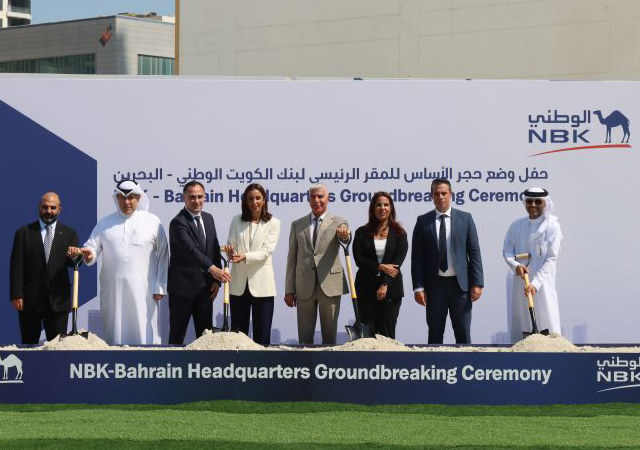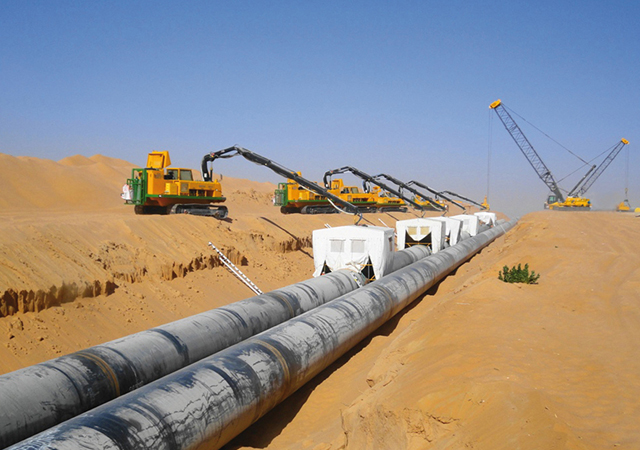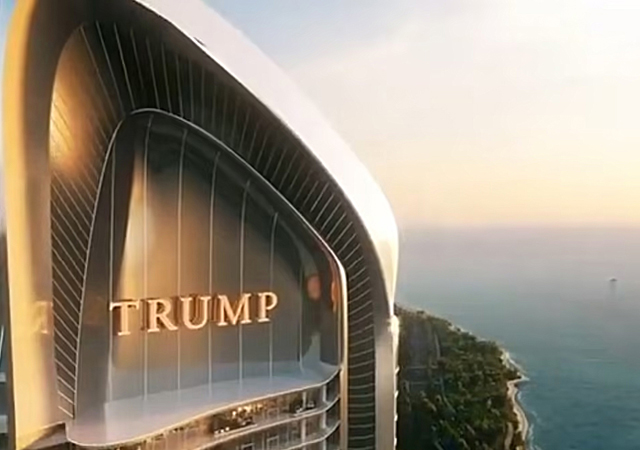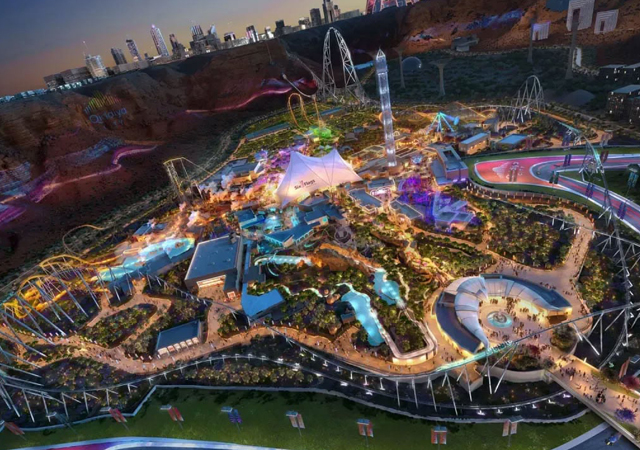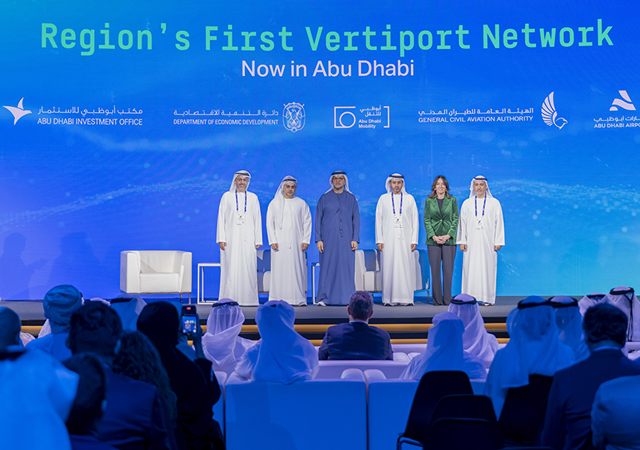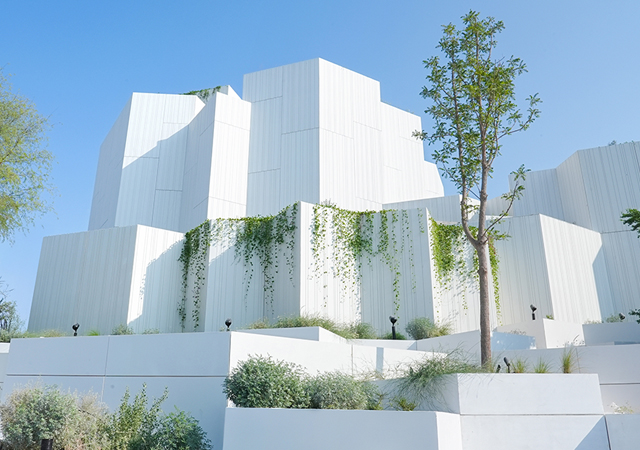
.jpg)
Is the boom that has fuelled such frenetic growth in Dubai now in its final stages? Is this skyrocketing growth of the global cynosure finally set to plateau out?
The emirate appears to be showing signs of easing, given the reduced number of new mega projects making the news – which hitherto were being launched at a breathtaking frequency.
That is not to say that there will be any shortage of work for the construction industry by any stretch of the imagination. A cursory glance at some of the ambitious projects that are just coming out of the ground in Dubai will put paid to such doubts.
Some of the projects that Gulf Construction has put the spotlight on in this issue are massive enough to sustain the construction sector over the next decade: City of Arabia (see Page 64) and $1.5 billion Falconcity (see Page 80), two massive developments in their own rights which form part of the mega Dubailand; the Burj District Development which is estimated to cost $5.5 billion to build (see Page72); the $2.5 billion Dubai Sports City (see Page 96); $4.2 billion Dubai Metro (see Page 104); The Waterfront (see Page 108); the Snowdome (Page 116) and the newly-launched $1.09 billion Burj Al Alam (see Page 114) – are just a sampling of the ambitious developments under way, which also include icons such as The Palms and The World. Each of these developments vie to offer the world something unique and put Dubai at the forefront of leading international destinations.
This respite in headline-grabbing projects is probably what many in the construction industry in Dubai must privately have been hoping for as the pace of development has been too rapid – even by world standards – to be sustained for a long time. Hence, the emirate has recently had the hiccups of an overheated economy – soaring prices of construction materials as well as rents, lack of specialised companies and personnel to handle the numerous projects, non-payment of labourers, a drop in quality standards, and an infrastructure that is beginning to show the strains of rapid growth.
However, Dubai has been quick to use the opportunity to take stock of the situation and respond to the issues as they unfold. It has already put a clampdown on the number of residential buildings being built in certain areas and rents, which have been soaring by up to 40 per cent, have been capped with a 15 per cent ceiling set on annual increases.
When hundreds of workers engaged on the Burj Dubai development – which features what is designed to be the world’s tallest tower – went on strike late last month for non-payment of wages, it made headlines right from Los Angeles to London and from Mumbai to Manila. It is sort of publicity Dubai just cannot afford to have: government authorities are now pledging to set up workers unions to penalise firms that do not pay their employees on time and crack down on abuses.
Quality is an area that Dubai needs to cast a watchful eye on at a time of rapid growth as this can easily be overlooked in the zeal to complete projects fast and within budget. We have already had instances of floods within newly-built prestigious malls which have caused much embarrassment to the developers. A step in the right direction has been the moves for quality control and safety on sites, most recently on projects such as the Dubai Festival City and the International City.
Meanwhile, the emirate has already initiated measures to resolve its growing problems with traffic congestion. Work has just been launched on the Dubai Metro, which is geared to take on more than 46,000 commuters at peak hours by 2010. This apart, the Roads and Transport Authority (RTA) has allocated Dh10 billion ($2.7 billion) for roads, traffic and public transport services.
To tackle the emirate’s surging utility requirements, Dubai’s Jebel Ali power and desalination is being expanded Dubai Electricity and Water Authority (Dewa) has invited bids for a new power and desalination plant – M station – which will increase power generation by 2,000 MW and water desalination capacity by 105 million gallons per day. The project is estimated to cost Dh5.5 billion ($1.497 billion).
Among other major developments, tenders have been launched for Dubai’s Jebel Ali Airport City, which will form the core of the world’s first integrated logistics and multi-modal transport platform, as work continues on the $4.1 billion Dubai International Airport expansion.
In the shipping sector, dregding and reclamation work has been launched on Stage I of the Jebel Ali New Container Terminal. The expansion of the Jebel Ali Port by buildis being implemented to supplement the cargo handling capacity of the ports at Jebel Ali and Dubai to cope with the projected trade growth and absorb new cargo flows.
Comparison of price of construction materials in Dubai
Will the boom continue?
Following the recent drop in stock markets in the region, Dr Henry Azzam, chairman of Dubai International Financial Exchange (DIFX), predicted that the boom will again build momentum throughout this year, with government budgets tipped to grow by 20 to 30 per cent. Investor attention will move from stocks to productive companies, he says.
Dr Azzam also forecast that regional real estate prices will peak soon and may then start a downward correction. In Dubai, the correction is likely to be largely confined to upmarket residential properties as demand continues to rise for commercial real estate and mid-range apartments that cater to a burgeoning immigrant labour force belonging to the middle-income bracket.
Dubai’s property market is now stabilising and maturing, and this is a good thing. Investment in real estate – which has played a key role in Dubai’s rapid development – has grown from Dh2.5 billion in 1975 to around Dh11 billion in 2000, and now stands at Dh165 billion. It is expected to reach Dh184 billion by 2010.
Real estate has boomed primarily over the last three years – after Dubai allowed foreigners to own property in the sector – and during this period property prices have almost doubled. The emirate has now issued a long-awaited property law that has spelt out to expatriates their stance in the real estate market. Under the new law, expatriates are offered limited freehold ownership rights in areas designated by the Ruler of Dubai and formal 99-year leases.
The real estate bonanza has given rise to ambitious mixed-use urban developments featuring luxury residences, hotels and office blocks, huge shopping malls and imaginative entertainment complexes which are rapidly changing the face of Dubai.
With an estimated $80 billion set to be poured into construction projects over the next decade, Dubai is now likely to use this momentary respite to ensure that the next phase of growth is measured to ensure sustainable construction and buildings.
In addition to the selection of billion-dollar developments detailed within this feature, let us take a quick look at what has been happening recently on some of the mega projects in progress in Dubai:
Jebel Ali Airport City
A number of tenders have been issued for the Jebel Ali International Airport (JXB) project, which is expected to be the combined size of London’s Heathrow and Chicago’s O’Hare airports upon completion. Among them were the tenders for the design-and-build of the cargo terminal building and the Dubai Logistics City headquarters, issued last month.
JXB, which is 40 km from Dubai International Airport (DIA), is designed to serve the emirate’s passenger and cargo air transportation needs until 2050 and beyond. It is the main part of the 140 sq km Jebel Ali Airport City (JAAC), which is spearheaded by the Government of Dubai and its Department of Civil Aviation.
JXB is designed to have at least six parallel runways and as many concourses capable of handling more than 120 million passengers and more than 12 million tonnes of cargo per year.
When completed, this mixed-use urban environment will comprise aviation, logistics, commercial, residential, educational, recreational, technology and entertainment components.
At the core of JAAC is Dubai Logistics City (DLC) where infrastructure and facilities construction is due to start shortly. DLC is a 25 sq km free zone for businesses which require or provide logistics and multi-modal transport services to the GCC, wider Middle East, India, Africa, South East Europe and the CIS. It will be JAAC’s first component to launch operations at the end of 2007
A Dh8 billion ($2.17 billion) Exhibition City is also to be built within the JAAC. To be completed in phases by 2020, the project will have three-million sq m of space, the world’s largest in terms of display space, halls and offices. The project will be developed in phases. The first phase, to be implemented on 100,000 sq m, will have a parking space for more than 20,000 cars, and will host the Dubai Air Show 2009 upon completion.
Building projects completed last year
Dubailand
Dubailand, Dubai’s Disney-type mega tourism project, has signed up more than $8.2 billion in investments in 25 projects in less than two years, said a senior official. This is about 60 per cent of the projected investment of Dh50 billion in 50 leisure projects. Its development will take between 10 and 15 years, with first phase due to be completed in 2007.
The destination is expected to be twice the size of Disneyland with around 55 hotels and resorts offering up to 50,000 new rooms.
Apart from the City of Arabia, Falconcity of Wonders and the Dubai Sports City featured elsewhere in this issue, Dubailand will also include:
• A $1.8 billion Golf City, being set up by Benaa and Dubailand over an area of more than 55 million sq ft of land. It will house five themed signature courses, a golf academy, a six-star resort hotel and spa, golf communities, golf villages and retail suqs;
• The 8 million sq ft Aqua Dunya, being developed by Saudi Arabia’s Al Sharq Group. It is expected to comprise the largest and most diverse theme park resort in the Middle East and a residential community of 3,400 apartments, when it is completed by early 2008. The world’s largest cruise ship, The Desert Pearl serves as the centrepiece of the theme park resort;
• The $3.8 billion Legends integrated theme park resort. Work has been launched on Legends of Arabia, the first of the three climate-controlled theme parks within the Legends, following the opening of an on-site headquarters for the Legends Development Company (LDC). Legends of Arabia will be the first component to be operational by 2008, the other theme parks being Legends of Nature and Legends of World. Other integral components of the project include a residential component Living Legends, themed hotels including a 50-storey Legends Tower Hotel combined with office towers and conference centre, a nine-hole golf course, a golf hotel and Legends Leisure Complex comprising a promenade, entertainment, shopping and dining area and a business location, Trade Legends.
• Dubai Studio City (DSC), which has just unveiled the masterplan for its film and broadcast production cluster. The development, to be spread over an area of 22 million sq ft, will include studio complexes, a social centre, a commercial zone, a residential district and a film academy. The first phase, set to be completed in the first quarter of next year, will have three stages (total stage area 65,000 sq ft), warehouses and support offices (see UAE Focus).
Other projects include a pioneering school venture between Dubailand and Taaleem to be build over an area of 2.5 million sq ft near Academic City abd Plantation Equestrian and Polo Club; a $1.8 billion Golf City; and the $3.8 billion Legends integrated theme park project.
The Palm islands
Significant progress has been made on The Palm Jumeirah, one of the three Palm islands being built off the coast of Dubai. Among the recent milestones is the launch of construction work on the Palm Monorail, which will take three years to complete and will serve as an effective transit system, between the Gateway Station at the trunk of The Palm Jumeirah and the Atlantis Station on the crescent. At the end of February, Nakheel announced the completion of the island’s sub-sea tunnel located 30 m below seabed level. The tunnel connects one of the fronds on the western side of The Palm Jumeirah with the crescent of the island and is one of the two micro tunnels that will be built on the project.
Among other developments on the island, Developer IFA Hotels & Resorts with its joint-venture partner Istithmar have launched construction work on their $272.29 million Palm Golden Mile project with the appointment of a contractor.
Another developer ETA Star has launched the Dh1.2 billion Taj Exotica Resort and Spa and The Grandeur Residences with a ground-breaking ceremony held last month. The Shoreline Apartments on the island were topped out at the end of last year.
Meanwhile, reclamation work on The Palm Jebel Ali was completed at the end of last year.
Van Oord of the Netherlands is currently working on a contract worth Dh16 billion ($4.36 billion) to construct the third and the largest island The Palm, Deira. Work on the island is expected to be completed in 2015.
Dubai Festival City
Major developments have been unfolding at the Dubai Festival City (DFC) a unique destination that aims to transform the upper reaches of the historic Dubai Creek. This 1,600 acre ‘city-within-a-city’ is claimed to be the Middle East’s largest, privately-funded, mixed-use, real estate development. The project is skirted by a 4-km-long, privately-developed Creekside corniche.
Work on DFC’s urban retail resort, Festival Centre is on track for a grand opening this autumn. The first phase of the development – which will feature over 400 shops and 70 restaurants and cafes spread across four themed pavilions – was completed last year with the opening of the UAE’s largest IKEA showroom at the site.
Construction work is also well under way on the DFC’s core hospitality cluster as well as its signature 29-storey premium grade office building, Festival Tower adjacent to the Festival Centre. Connected to the iconic convention hotel, InterContinental Dubai Festival City and its state-of-the-art 48,000 sq ft convention centre, Festival Tower will offer 450,000 sq ft of stylish commercial office space, ample parking and access to some of the emirate’s best meetings, incentive, convention and exhibition (MICE) facilities.
Among the latest projects to be launched at the DFC is the Dh6 billion ($1.63 billion) Marsa Al Khor (Harbour of the Creek) Creating an integrated Corniche community for up to 14,000 people, Marsa Al Khor will have hi-rise towers, stylish Creekside offices, a Central Park, exclusive waterfront homes, state-of-the-art offices and an array of chic cafes and restaurants. Work on the flagship 500-apartment residential tower at Marsa Al Khor is expected to be completed by the year-end.
The World
Reclamation is well under way to create the 300 islands that make up The World. The development will eventually cover more than 593 million sq ft and will result in a 200 km stretch of beach in Dubai. Located 4 km offshore from Dubai, midway between the Palm Jumeirah and Port Rashid, the islands are expected to be completed next year, after which work will start on the infrastructure. Nakheel, the developer will then hand over the islands to investors to develop them to their individual requirements.
The technical masterplan of The World has been completed. The cost of reclamation is Dh3.67 billion ($1 billion). The World will have more than 50 hotels and resorts spread across 300 islands, scheduled to be completed by 2008.
Dubai Maritime City
Reclamation work on the Dubai Maritime City, which aims to serve as the world’s most comprehensive maritime complex, is almost 90 per cent complete and is on track to finish by the January 2007 deadline. Infrastructure work is expected to start in a few months on the reclaimed area. Work on its new breakwaters, which will provide the project and the adjacent Dubai Dry Docks with new access channels and harbour basins, is also nearing completion.
The project is located on a 216-hectare man-made peninsula between Port Rashid and the Dubai Dry Docks.
A contract was awarded last month to Van Oord/Belhasa Six joint venture for the construction of 3.5 km of quay walls, with water depths of up to 10 m at high tide with completion expected in 20 months.
iMP Zone
The Dh5 billion ($1.361 billion) International Media Production Zone (iMPZ) expects to launch work on the first of the 11 towers planned within the zone.
iMPZ is also negotiating with a number of developers for its Lake District project that will house hotels, retail outlets, office and commercial towers and as many as 36 residential towers, each with a maximum of 15 floors, will be built by private developers at its residential community.
Spread over 50 million sq ft of land along Emirates and Al Khail roads, the zone is designed to meet the needs of the globally-oriented media production industry, starting with the needs of the printing, publishing and production sectors. The UK-based Halcrow Associates has prepared a masterplan of the project and is acting as its consultant.
Work on the infrastructure is scheduled for completion in phases in two years.
Business Bay
Groundwork on Business Bay – an upscale commercial cluster that offers waterfront high-rise towers, both commercial and residential – is proceeding on schedule and developers have now started to take possession of their land.
Being developed by Dubai Properties (a part of Dubai Holding), the Business Bay development will cover 64 million sq ft along the Dubai Creek between Sheikh Zayed Road and Al Khail Road. (see UAE Focus).
Dubai Auto Zone
The Jebel Ali Free Zone Authority and Business Parks Management are developing an auto zone to serve as the future primary market place for the auto industry. Known as Dubai Auto Zone (DAZ) and located in Ruwaya on the Dubai Bypass Road, its aim will be to serve the region’s growing demand for auto businesses.
The Dh2 billion ($544.5 million) Dubai Auto Zone (DAZ) project, which is due to be completed by the end of 2007, will facilitate traders, light manufacturers, service providers, and others in the automotive and related machinery industry.
The master plan for DAZ will be ready by the third quarter of this year, after which plots will be allocated to those registered in the zone.
Dubai Healthcare City
The ambitious Dubai Healthcare City (DHCC) – the world’s first healthcare free zone – is being developed by Dubai Holding at a cost of $3 billion over two phases. It comprises three main elements: an academic medical centre; a medical cluster and a wellness cluster.
Among the recent projects launched at the city is a luxury five-star hotel to be built at an estimated cost of Dh860 million ($234.2 million). The twin-tower project will open doors by September 2007.
Dubai Silicon Oasis
Construction work is set to be launched on the first commercial building to be launched at Dubai Silicon Oasis (DSO), and the 15-storey tower known as Le Solarium is expected to be ready by the last quarter of next year.
DSO is the region’s first purpose-built high-technology park for the microelectronics and the semiconductor industry and provides facilities including incubator centres, networking and outsourcing support.
The UAE-based Bin Zayed Group launched a Dh250 million residential project – Springs at the Oasis – at the DSO last year.







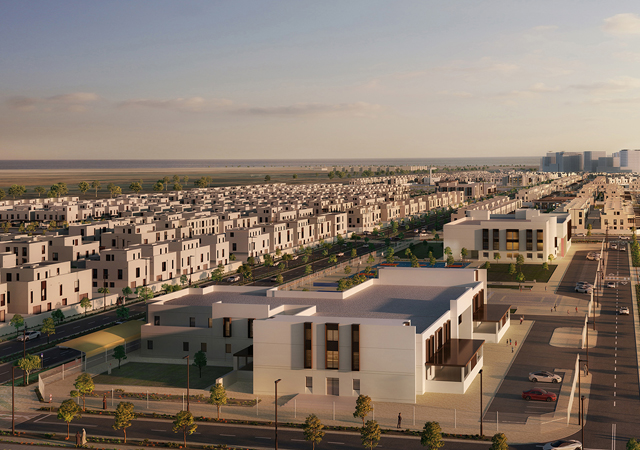

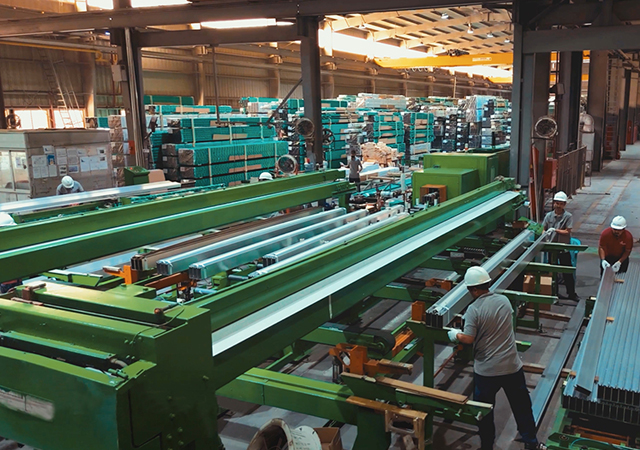



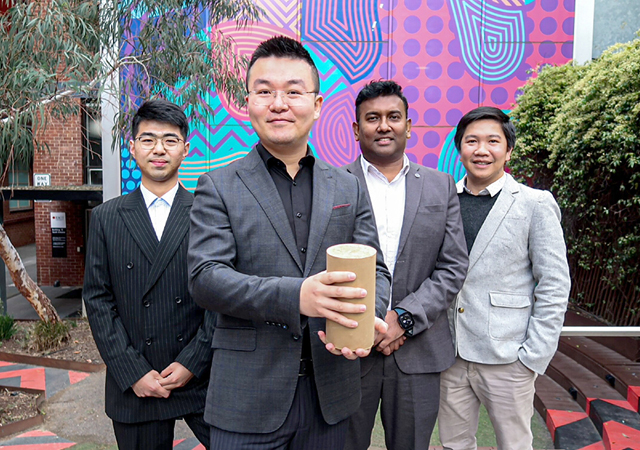



.jpg)


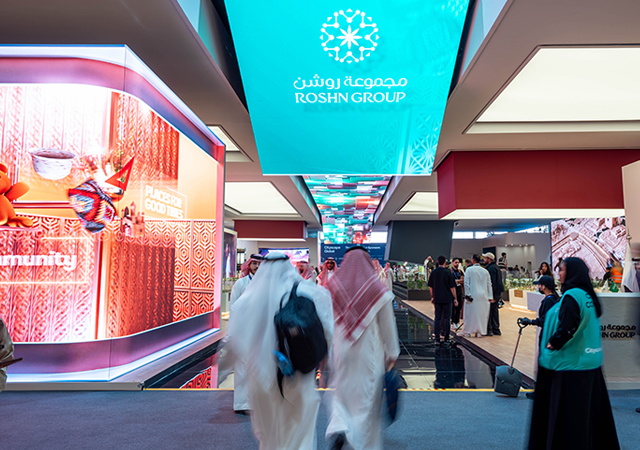








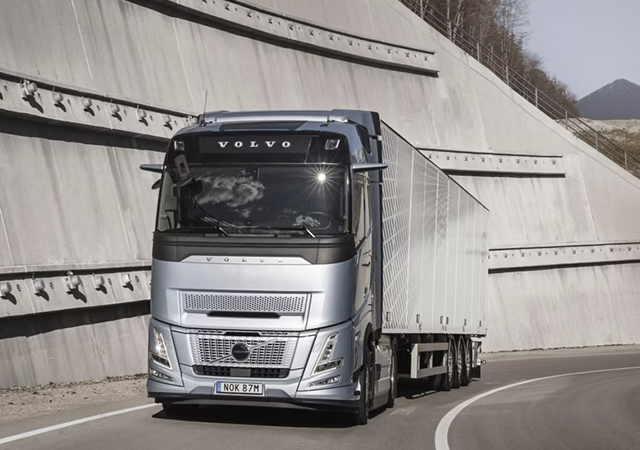

 (1).jpg)








